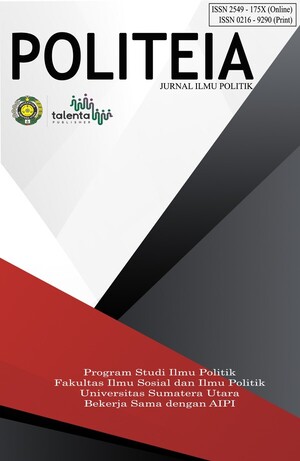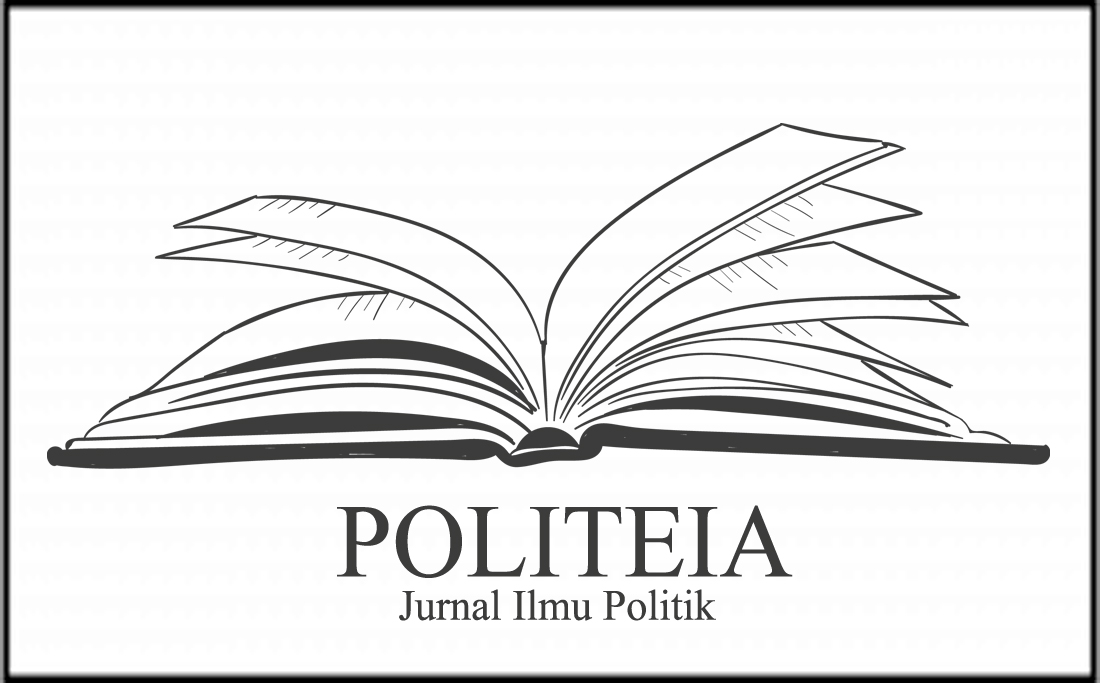Perbandingan Representasi Perempuan di Parlemen Indonesia dan Filipina
DOI:
https://doi.org/10.32734/politeia.v14i2.8600Keywords:
Comparison; Indonesia; Philippines; Parliament; WomenAbstract
The purpose of this article is to examine the contrasts between the Philippines and Indonesia between the two countries. Both countries share the same democracy system, but its democratic value has not been fully operational, and there is still an imbalance for women in the parliament. The problem focused on the disparity of right to politically correct between women and men who were not equally equal. To analyze the problem using the theory of representation according to Hanna pitkin in (niron & seda, 2020), representational representation is divided into 4 of them: formal descriptive, substantiating/resonant and symbolic. Formal representation focuses on the rule of law on the procedure of how a representative is chosen or replaced. Descriptive reliability is focused on compositions that are proportionately composed between those represented and represented. Descriptive adherence is focused on composition in parliament. Subthanctive/clergy awareness focuses on a representative who should be in line with the person it represents. The last time of symbolic representation, it focused on how strongly the symbol was viewed by the viewer. Data was collected through literature studies from previous studies and qualitative analysis. Research has concluded that, based on ipu data in the 2019 elections in Indonesia, women's representations in parliament are only 17.39% while the Philippine parliament is at 27.96%. But in second representation
Downloads
Downloads
Published
Issue
Section
License
Copyright (c) 2022 Politeia: Jurnal Ilmu Politik

This work is licensed under a Creative Commons Attribution-ShareAlike 4.0 International License.














